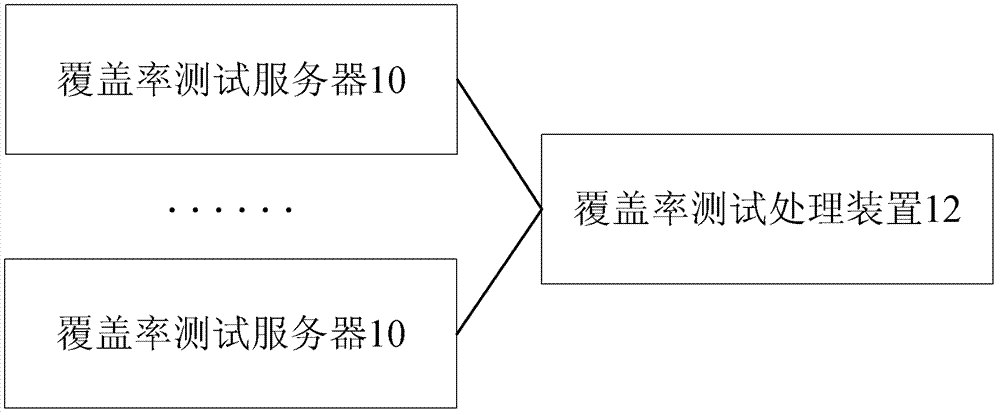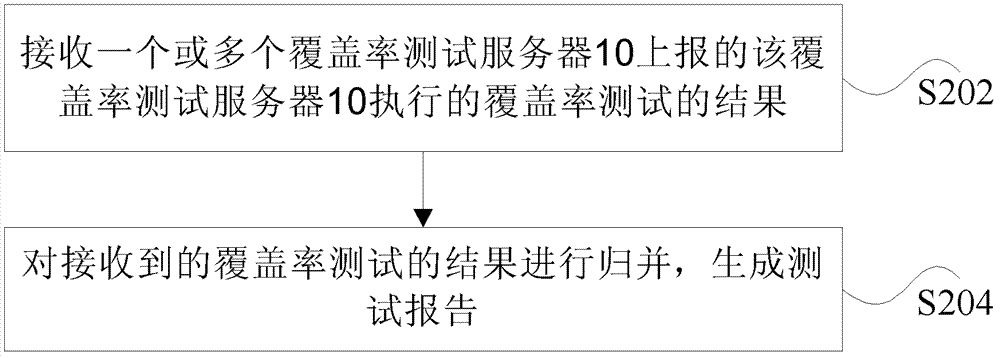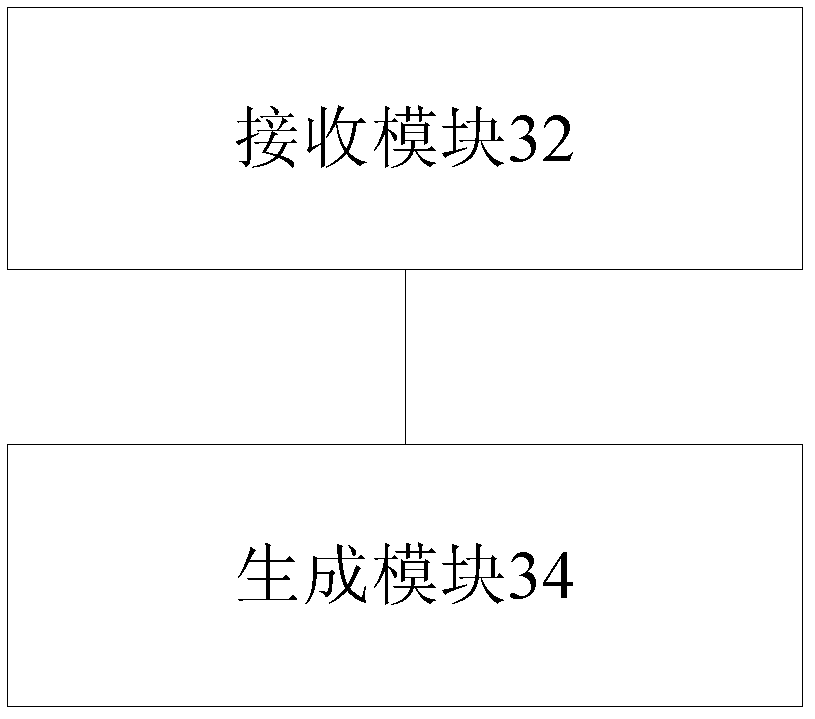Coverage rate test processing method and device and coverage rate test server and system
A technology for testing servers and processing methods, applied in transmission systems, digital transmission systems, data exchange networks, etc., can solve problems such as hardware failures, project platform failures, and inability to obtain coverage, so as to reduce the probability of failures and improve stability. Effect
- Summary
- Abstract
- Description
- Claims
- Application Information
AI Technical Summary
Problems solved by technology
Method used
Image
Examples
Embodiment Construction
[0037]Hereinafter, the present application will be described in detail with reference to the drawings and embodiments. It should be noted that, in the case of no conflict, the embodiments in the present application and the features in the embodiments can be combined with each other.
[0038] figure 1 is a schematic diagram of the architecture of the coverage test according to the embodiment of the application, for the purpose of description, figure 1 The drawn architecture is only an example of the applicable environment of the embodiments of the present application, and does not limit the application scope or functions of the present application. The principles of the application are operational with other general purpose or special purpose computing or communication environments or configurations. Examples of well-known computing systems, environments, and configurations suitable for use in this application include, but are not limited to, personal computers, servers, mult...
PUM
 Login to View More
Login to View More Abstract
Description
Claims
Application Information
 Login to View More
Login to View More - R&D
- Intellectual Property
- Life Sciences
- Materials
- Tech Scout
- Unparalleled Data Quality
- Higher Quality Content
- 60% Fewer Hallucinations
Browse by: Latest US Patents, China's latest patents, Technical Efficacy Thesaurus, Application Domain, Technology Topic, Popular Technical Reports.
© 2025 PatSnap. All rights reserved.Legal|Privacy policy|Modern Slavery Act Transparency Statement|Sitemap|About US| Contact US: help@patsnap.com



